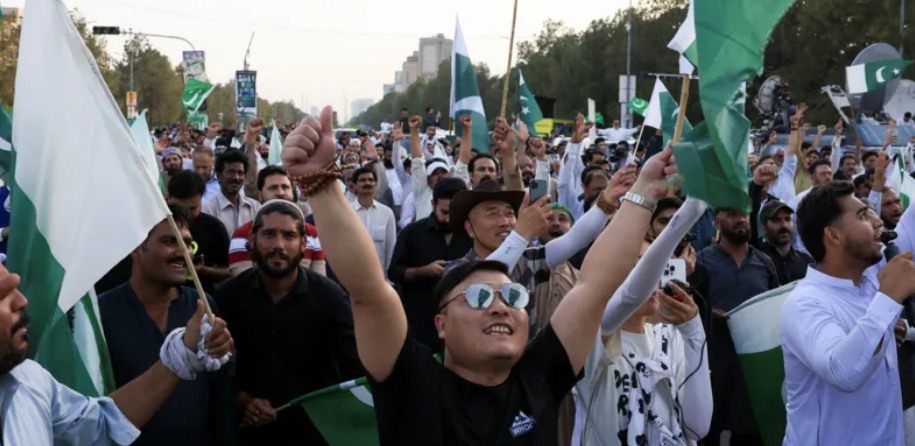A tense four-day military standoff between nuclear-armed neighbours India and Pakistan has been brought to a halt following a “full and immediate ceasefire” announced by U.S. President Donald Trump on Saturday. The announcement, made via social media, came amid mounting fears of a full-scale conflict after deadly clashes across the Line of Control in Kashmir.
The truce follows a week of hostilities triggered by an attack that killed 26 tourists in Indian-administered Kashmir. India responded with air strikes on targets in Pakistan and Pakistan-administered Kashmir, leading to intense aerial skirmishes, artillery shelling, and mutual accusations of missile strikes.
Despite the ceasefire agreement, both sides exchanged fresh accusations just hours later. India alleged “repeated violations” of the deal, while Pakistan insisted its forces were exercising “responsibility and restraint.”
Behind the scenes, U.S. diplomacy is believed to have played a central role in averting further escalation. Analysts say key interventions by Secretary of State Marco Rubio, along with diplomatic efforts by the UK and Saudi Arabia, were instrumental. Rubio reportedly contacted Pakistan’s powerful army chief, General Asim Munir, on May 9, a moment some observers consider the turning point.
“The U.S. was indispensable. This outcome would not have occurred without Secretary Rubio’s efforts,” said Ashley J. Tellis of the Carnegie Endowment for International Peace.
Pakistan’s Foreign Minister Ishaq Dar said over “three dozen countries” were involved in brokering peace, including Turkey and Saudi Arabia. However, doubts remain over who led the final push, with some Indian outlets reporting the ceasefire was directly negotiated by senior military officials on both sides.
This episode mirrors past U.S. involvement in easing India–Pakistan tensions, including the 2019 Pulwama–Balakot standoff. Yet, early in this crisis, Washington appeared to adopt a cautious stance. Vice President JD Vance stated the conflict was “none of our business,” though diplomatic engagement later intensified.
Experts note Pakistan signaled its nuclear capabilities by convening a National Command Authority meeting during the standoff, a move interpreted as both deterrent and escalation. The U.S., closely tied to India through strategic and economic interests, used its leverage to press for calm.
“This was classic crisis management—late, but effective,” said Michael Kugelman, an analyst at the Wilson Center. “But the ceasefire’s durability is questionable. The speed of its negotiation suggests it may lack strong guarantees.”
With tensions still simmering, the ceasefire remains fragile. However, the episode reinforces the U.S.’s enduring role as a critical—if complicated—mediator in South Asian geopolitics.


